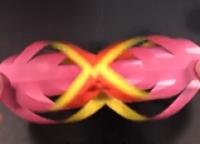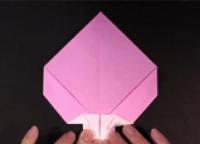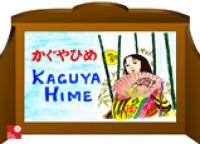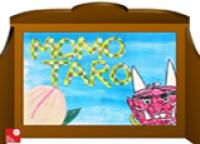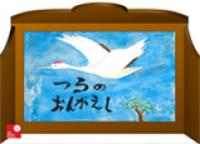Teaching Resources
Download
Video: How to Make a Chouchin – LanternFollow this video to make a paper lantern. Traditionally people light chouchin lanterns on the first day of Obon festival to invite the spirits of ancestors back to their family home.
Download
Video: How to Make an Origami Uchiwa – Paper FanIn the summer in Japan, you will also see many people carrying fans called uchiwa. Follow this video to make a mini origami version.
Download
Video: How to Haiku - Beyond 5 7 5Paul Conneally, haiku poet, introduces the key elements of haiku in this video, illuminating some of the common pitfalls and misunderstandings of what haiku is about.
Download
Radio Taiso Exercise VideoRadio Taiso is an exercise routine that has been practised for nearly 100 years in Japan. Old and young, physically fit and those with mobility issues can all experience the benefits of Radio Taiso.
Download
Digital KamishibaiKamishibai originates from traditional Japanese street theatre in the form of picture card storytelling. Our digital kamishibai make Japanese stories easily accessible to all.
Download
Kamishibai: Kaguya Hime - The Moon PrincessA legend from ancient Japan about a baby girl found in a bamboo stalk grows up to become a beautiful young woman.
Download
Kamishibai: Hanasaka JiisanAn old couple come into good fortune when they find a puppy, but their mean-spirited neighbours are unbearably jealous.
Download
Kamishibai: Momotaro – Peach BoyMomotaro is the story of a boy found in a peach. He goes on an adventure to defeat the monsters terrorising his village, making friends along the way.
Download
Kamishibai: Tsuru no Ongaeshi – The Grateful CraneThis is a story from Japanese folklore. A man rescues a crane and receives a mysterious visitor later that day. This is a short kamishibai, perfect for when you need a quick story.
Download
Kamishibai VideosKamishibai is a traditional form of Japanese street theatre in the form of picture card storytelling. Unlike children’s storybooks, the text for Kamishibai is written on the reverse of cards so that the story can be easily read while pictures are shown to the students.


